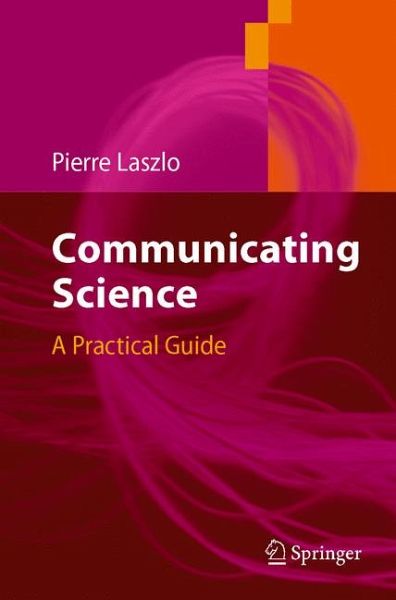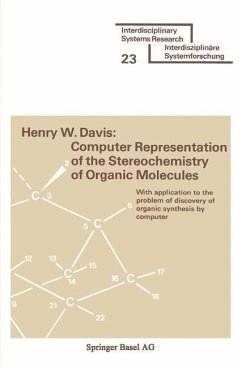
Communicating Science (eBook, PDF)
A Practical Guide
Versandkostenfrei!
Sofort per Download lieferbar
40,95 €
inkl. MwSt.
Weitere Ausgaben:

PAYBACK Punkte
20 °P sammeln!
Do you have new and interesting - even outstanding - results that you wish to be recognized by your scientific colleagues, or understood by the public? Do you want to convey your ideas to policy decision makers? Communicating Science is the book to consult. Separate sections offer advice on reaching peers, the general public or decision makers. Each of these main parts includes two subsections, Guidelines and Genres, with entries arranged in alphabetical order. The Guidelines offer advice on the use of acronyms, active or passive voice, body language, figures and captions, introduction, irony,...
Do you have new and interesting - even outstanding - results that you wish to be recognized by your scientific colleagues, or understood by the public? Do you want to convey your ideas to policy decision makers? Communicating Science is the book to consult. Separate sections offer advice on reaching peers, the general public or decision makers. Each of these main parts includes two subsections, Guidelines and Genres, with entries arranged in alphabetical order. The Guidelines offer advice on the use of acronyms, active or passive voice, body language, figures and captions, introduction, irony, and taking the floor. Under Genres, all possible media of communicating science are treated: the after-dinner speech, conference presentation, keynote lecture, magazine article, research proposal, and teleconference. This book will be useful to anyone having to convert scientific data into an easily intelligible and interesting narrative.
Dieser Download kann aus rechtlichen Gründen nur mit Rechnungsadresse in A, B, BG, CY, CZ, D, DK, EW, E, FIN, F, GR, HR, H, IRL, I, LT, L, LR, M, NL, PL, P, R, S, SLO, SK ausgeliefert werden.













